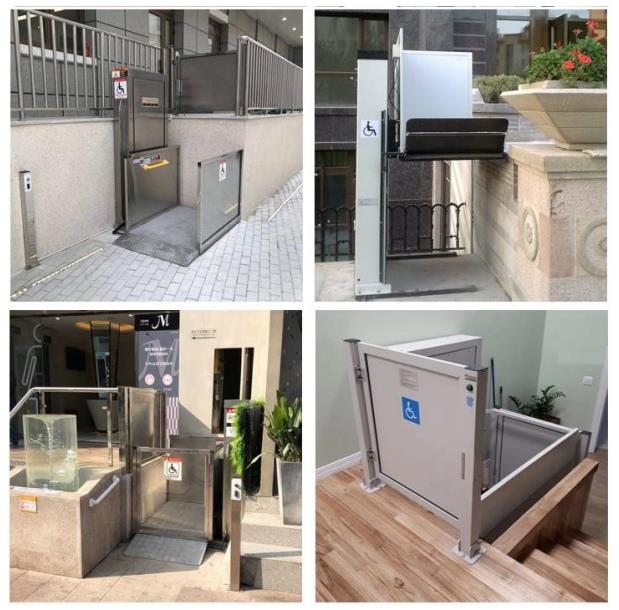Wheelchair lifts are an essential part of accessible design, making it possible for wheelchair users to board and disembark from vehicles or raised platforms. They are a crucial element in ensuring that wheelchair users can fully participate in daily activities and have access to the same opportunities as everyone else.
Wheelchair lifts are commonly found in a range of settings, including public transportation, healthcare facilities, educational institutions, and commercial buildings. In public transportation, they allow wheelchair users to board and disembark from buses, trains, and other modes of public transport. In healthcare facilities, they facilitate access to examination rooms, treatment areas, and patient rooms. In educational institutions, they ensure that wheelchair users can access classrooms, libraries, and other areas of the school.
Wheelchair lifts work by lifting the wheelchair into or out of a vehicle or raised platform. This is achieved through a system of mechanical components, including a lifting mechanism, a platform that the wheelchair sits on, and safety features to ensure the lift is stable and secure. The lifts are designed to be easy to operate and are often equipped with features like pushbuttons for users to control the lifting process.
Wheelchair lifts play a crucial role in breaking down barriers for wheelchair users, allowing them to fully participate in daily activities and access the same facilities as others. They enhance independence, improve quality of life, and ensure that wheelchair users have equal opportunities in all areas of society.

